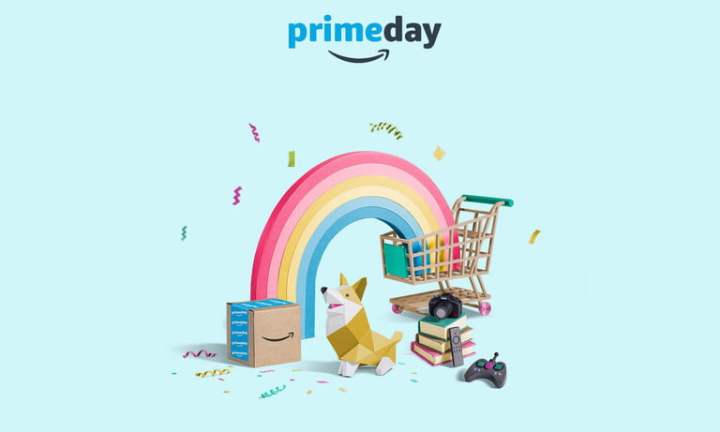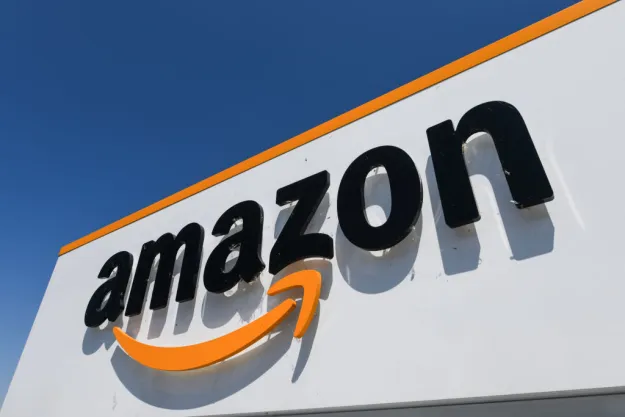
Prime Day was disappointing this year. With less than impressive discounts on TVs, laptops, and Apple products, it was one of the worst Prime Days we’ve ever seen. And yet, according to Amazon, third-party sellers still brought in a record $3.5 billion from the shopping event.
Amazon has yet to disclose its overall earnings for Prime Day, choosing instead to focus on the success of the small businesses that sell products on the site. However, it is probably safe to assume that if third-party sellers had record numbers, the online retailer probably did pretty well.
According to the same blog, the top-selling products for third-party sellers included bedding, wireless accessories, nutrition and wellness, arts, crafts and sewing, and health care. With the exception of wireless accessories, these are all categories that Amazon has been trying to expand into over the last few years.
Why isn’t Amazon disclosing total sales this year?
All it takes is a quick scroll through the Amazon blog to see an obvious difference between 2020 and previous years. Amazon has decided to take the focus off how many items were sold and how much total revenue it brought in. Why could that be?
Trust is the new online currency
The most obvious answer here is that online shopping trends are changing. With the pandemic knocking out small businesses left and right, people are becoming more selective with their shopping habits — choosing to shop local rather than at large retailers. Amazon’s PR department likely recognizes this shift and is trying to put the spotlight on how much they’ve helped small businesses thrive rather than how much revenue they’ve taken away from local shops.
Sales might have been worse than previous years
Despite growing unemployment and poverty, e-commerce has done great this year. With more people staying home and avoiding public places, everyone has been buying things online like never before. But with Prime Day being so close to Black Friday and Cyber Monday this year, it’s entirely possible that for once, Prime Day 2020 wasn’t the biggest one yet.
And that wouldn’t be a surprise to us at all. With prices on big-ticket tech items like computer monitors and 4K TVs being fairly average, it’s highly likely many folks decided to skip this sale. Additionally, this was the first year that every other retailer decided to jump on the Prime Day bandwagon, offering competitive prices to rival the retail giant.
Editors' Recommendations
- We’re getting another Amazon Prime shopping event in October this year
- Prime Day vs. Black Friday: When’s the best time to shop?
- This was the most popular item during Amazon’s Prime Day mega sale
- Amazon announces official Prime Day 2021 dates
- Amazon changed the Prime Day 2021 date (again)


